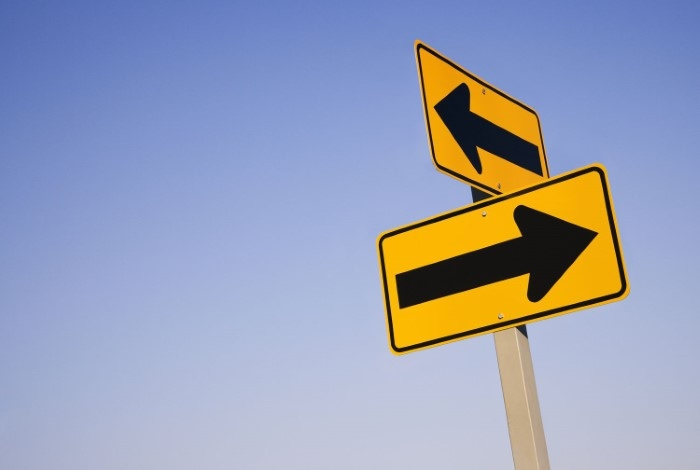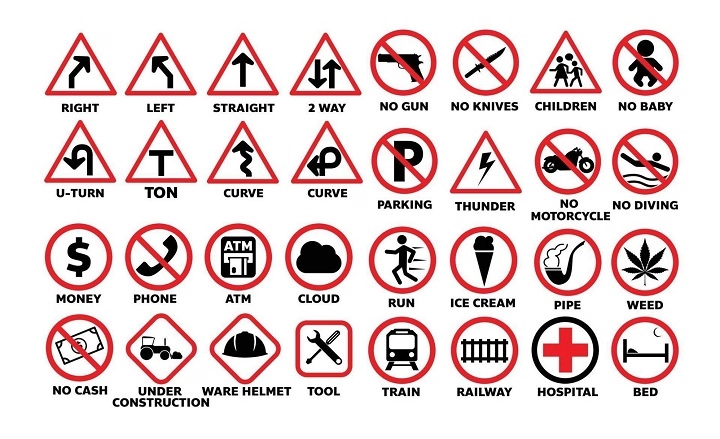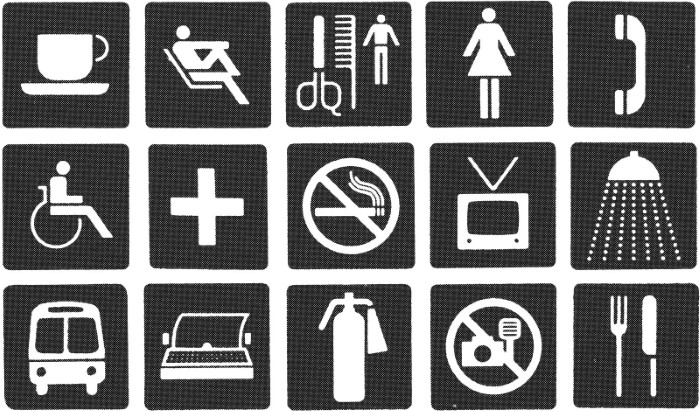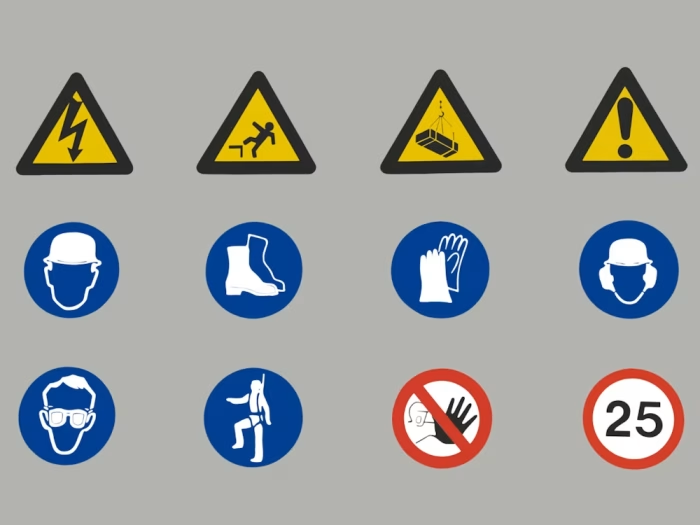We read and notice countless symbols and signs on a daily basis without even knowing it. Road traffic lights to mobile phone emoticons, our world consists of unsaid meaning. Red stop, peace dove, and heart symbol equal love. They are not random pictures.. They are symbols and signs that convey and mean in a moment.
Therefore, humans have been conveying ideas, emotions, and beliefs via symbols and signs for centuries now. Ancient humans used to inscribe symbols on rocks in caves. So that they could narrate their tales whenever they had not yet discovered writing. Even today, in the technological era, symbols are such powerful tools of information. Here, this article explains what signs and symbols are, how many, classification, and why symbols control our lives so drastically.
What Is a Sign

A sign is that which points out or indicates some definite meaning, object, or activity in a manifest way. It communicates information or instructions briefly. A sign will typically be clear, evident, and straightforward.
| Example | Meaning |
| Stop Sign | symbolizes cars to stop |
| Arrow Sign | indicates direction |
| Cloudy Sky | rain indicator |
| Red Light | stop sign |
| Green Light | go sign |
Signs are messengers. They do not require much or even a thought or interpretation since they will only be able to have one. You know when you see the skull symbol on a bottle that it is hazardous.
What Is a Symbol
Symbol is something representing something greater, idea, or emotion. It is not necessarily literal in nature but is of cultural or emotional importance.
| Example | Symbolizes |
| Heart | Laughter and love |
| Dove | Peace and purity |
| Flag | National pride |
| Ring | Eternity or commitment |
| Cross | Faith and religion |
A symbol expresses more than a single meaning. A tree could represent growth, life, or staying in touch with nature. Symbols are employed by people in religion, art, literature, and design. Which is to express meaning that is not possible using words alone.
Difference Between Sign and Symbol
Though meaning is assigned to both symbols and signs, they differ in usage as well as nature.
| Feature | Sign | Symbol |
| Meaning | Gives direct meaning | Defines deeper or hidden meaning |
| Interpretation | Overt to identify | Needs thought or knowledge of culture |
| Example | Street signs, smoke, gestures | Heart, flag, cross, rose |
| Purpose | To inform or instruct | To express feeling or idea |
| Origin | Based on reason | Based on culture and imagination |
A sign tells us to do something or what is happening. A symbol calls out feelings or thoughts about something different from the fact of its happening.
The History and Origin of Signs and Symbols
The utilization of signs and symbols has existed since the existence of human beings. Primitives communicated through hand signs, cave paintings, and smoke signals. They were the first signs.
Symbols had not existed until human beings began to symbolize spiritual and emotional ideas. Egyptians employed the use of hieroglyphs, where one hieroglyph symbolized one word or idea. The symbol of Yin-Yang symbolized equilibrium in life in Asia. Medieval European kings employed symbols like lions and crowns to symbolize courage and power.
Each culture, with the passage of time, had signs and symbols. They grow to this day, especially through online communication with the assistance of emojis and icons having taken the place of new global signs.
Signs and Symbols Meaning
Signs and symbols enable human beings to communicate messages directly without reading or talking.
Wordless Communication
They enable human beings to receive messages directly without reading or talking.
Universal Understanding
There are hardly any signs and symbols like a red cross or heart that are recognized everywhere in the world.
Cultural Identity
Symbolic norms communicate habits and beliefs. Religious symbols, national flags, and traditional motifs all represent something.
Safety and Information
Warning signs, traffic signs, and medical symbols avoid accidents and ensure safety to people.
Emotional Connection
Symbols like a ring, flowers, or color emotionally bond a man with another man and make him efficient in creating long-term memories.
Signs in Our Everyday Life
Signs are of the most important use in our everyday life. Signs are present everywhere in the office, school, and highways while driving in a motor vehicle.
- Traffic Signs: Alert drivers to stop, go, or slow down.
- Public Signs: Indicate directions, restroom, hospital, or exit.
- Digital Signs: Warning signs, symbols, and icons navigate us through the web.
- Natural Signs: Clouds gathering, sunset, or birdsong indicating changes in nature.
Signs maintain society in shape and make life easy.
Symbols in Our Everyday Life
Symbols express life more meaning than information. Symbols reflect emotions, culture, and religion.
- Religious Symbols: Crescent moon, Om, and cross represent religion and belief.
- Cultural Symbols: National flags, traditional dresses, and memorials represent history and pride.
- Personal Symbols: Tattoos, jewelry, or souvenirs can represent relationships or memories.
- Corporate Symbols: Apple, Nike, or Toyota represent company identity.
All signs have a story to tell and engage people emotionally with something more than themselves.
Types of Signs
- Iconic Signs: Similar to the object they refer to. Example: A picture of knife and fork on a plate to represent a restaurant.
- Indexical Signs: An association or cause sign. Example: Smoke as smoke for fire.
- Symbolic Signs: By convention or tradition. Example: Alphabet alphabets are symbols that we learn to write and read.
These three were supported by philosopher Charles Peirce, who researched how people gain meaning from signs.
Types of Symbols
- Cultural Symbols: Symbolize beliefs or heritage of the nation. Example: The Lotus symbolizes purity in India.
- Religious Symbols: Symbolize piety and devotion to God. Example: Christianity’s cross or Islam’s crescent.
- National Symbols: Symbolize identity of the nation. Example: The American eagle, Japan’s cherry blossom, or Bangladesh’s Royal Bengal Tiger.
- Emotional Symbols: Symbolize the relationships or sentiment of the individual. For example, a heart is a symbol for love, but a broken heart is a symbol of sorrow
The Role Played by Signs and Symbols in Communication
Assuming signs and symbols actually form the building blocks of human communication. They allow us to pass across ideas despite cultures and languages. Take an example of a peace sign or recycling sign that’s understood everywhere.
Designers employ fewer symbols and signs in visual communication to be seen and convey messages within a specified time. Symbols create richness of feeling and allow stories to point to shared human experience in literature and film.
Signs and Symbols in Religion
All world religions use symbols to denote religion and God’s message.
| Religion | Symbol | Meaning |
| Christianity | Cross | Faith and sacrifice |
| Islam | Crescent Moon and Star | Guidance and faith |
| Hinduism | Om | Sound of creation and spirituality |
| Buddhism | Lotus Flower | Purity and enlightenment |
| Judaism | Star of David | Union and divine protection |
These are the same symbols that urge believers to keep religion close and believe that they are part of something more lasting and significant.
Signs and Symbols in Art and Literature
Artists and authors use symbols and signs to convey things of value. In poetry, a “rose” may stand for love, and in art, color and light may stand for hope or feeling.
Film uses symbols to represent ideas visually. Some of them are:
- A running clock can mean time running out.
- Rain can also mean change or grief.
- A dawn can mean the beginning.
Symbols put art in a position where it can be able to communicate wordless messages, hence making it universal and effective.
Signs and Symbols in Modern Technology
Symbols and signs are everywhere on today’s internet. Symbols on mobile phones and signs and symbols on computer monitors on software enable people to utilize it without hitches.
| Symbol | Meaning |
| 🔋 | Power or battery level |
| 🔔 | Alerts |
| 🔒 | Lock or protection |
| 🗑️ | Erase or eliminate |
| ❤️ | Respawn in the same way |
These graphical signs are simpler and faster for all to utilize, although they are unable to speak out of one language.
Psychological Significance of Symbols and Signs
Reason deals with signs, but symbols deal with feelings. While human beings are given signs, they react immediately. When faced with symbols, they inquire and relate.
A sign alerts the mind but a symbol awakens the heart. Religion, advertisements, and arts employ symbols freely because they attempt to speak to the heart. Both combined convey meaning and communication.
Life Lessons from Signs and Symbols
Signs and symbols give us some life lessons and wisdom.
- Always follow signs; they guide and safeguard us.
- Develop the habit of understanding signs; they usher us in to feeling and culture.
- Reason and imagination must coexist in order to be able to live life fully.
- Everyday pictures do have the power to be deeply significant.
Learning to read signs and symbols allows us to start to read the world more richly, and to imbibe the underlying meaning that pervades it.
Signs and symbols are the language of life. A sign gives us direction and definition, a symbol gives us emotion and meaning. Together, they instruct us to think, feel, and speak.
From street signs to sacred signs, from emojis to national flags, they speak all languages, all ages. They take us to the realization that there is something spoken in silence and not in words; that there are things felt, sensed, and understood by experience.
The moment you see the sign or symbol, stop. It means stop or it’s the sign of love, and it is a sentiment man has used for centuries and will continue to use man for centuries ahead.



